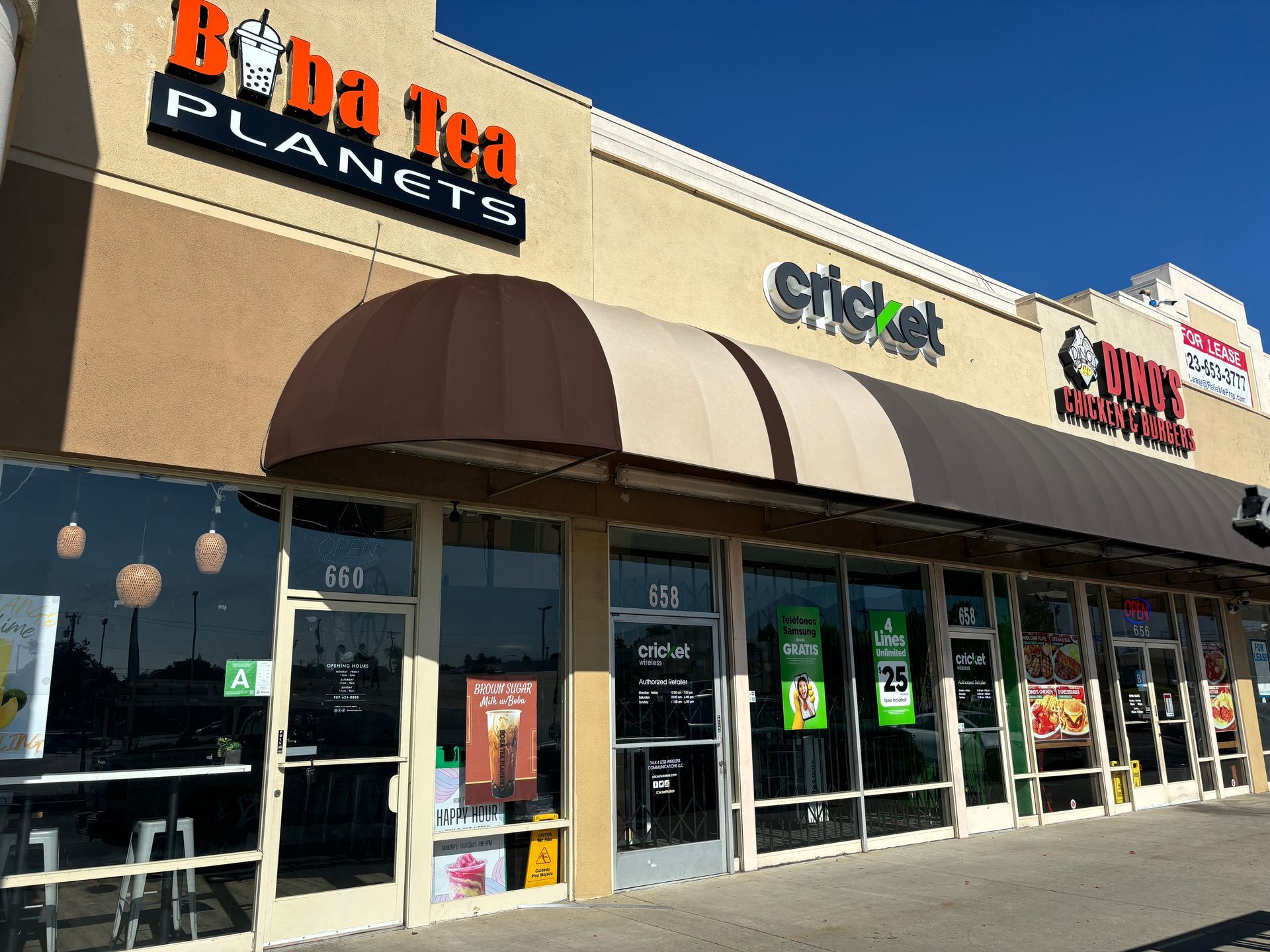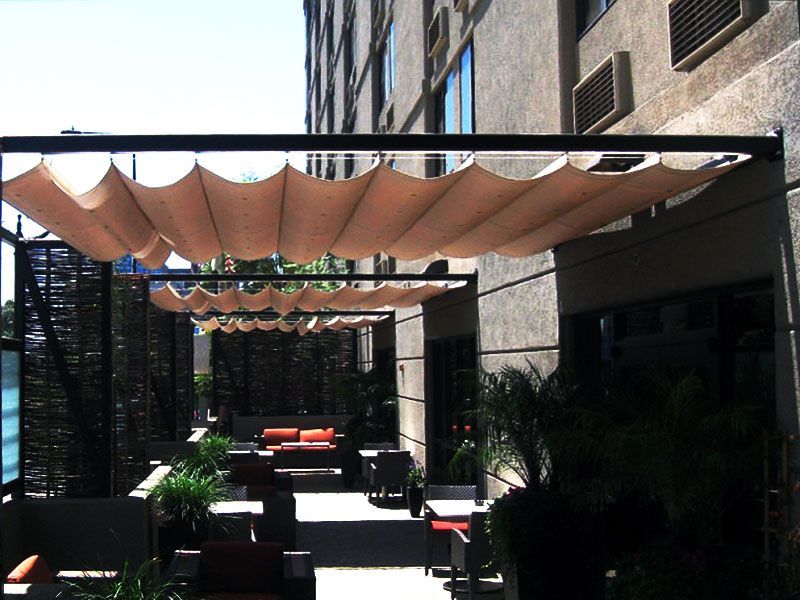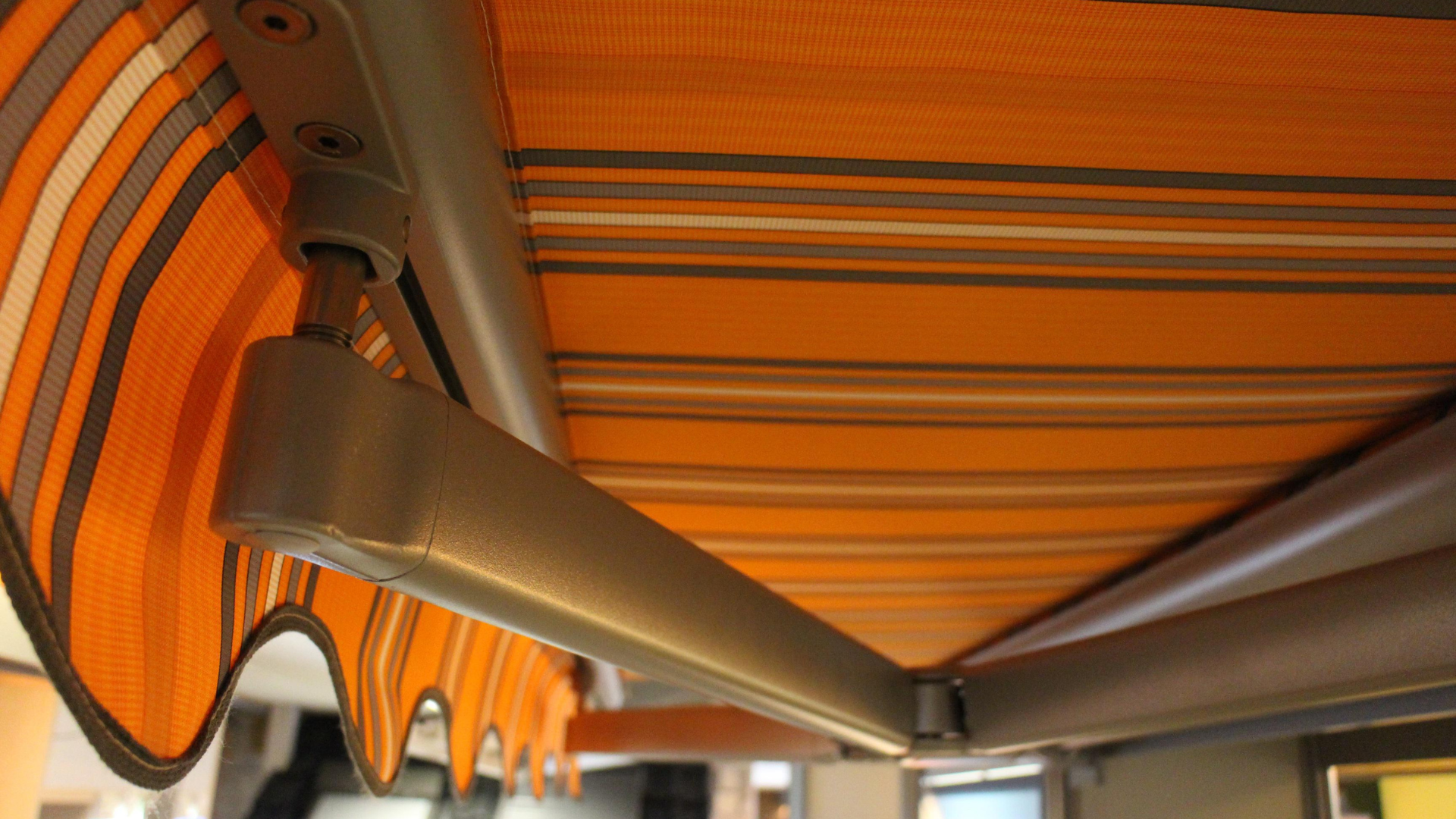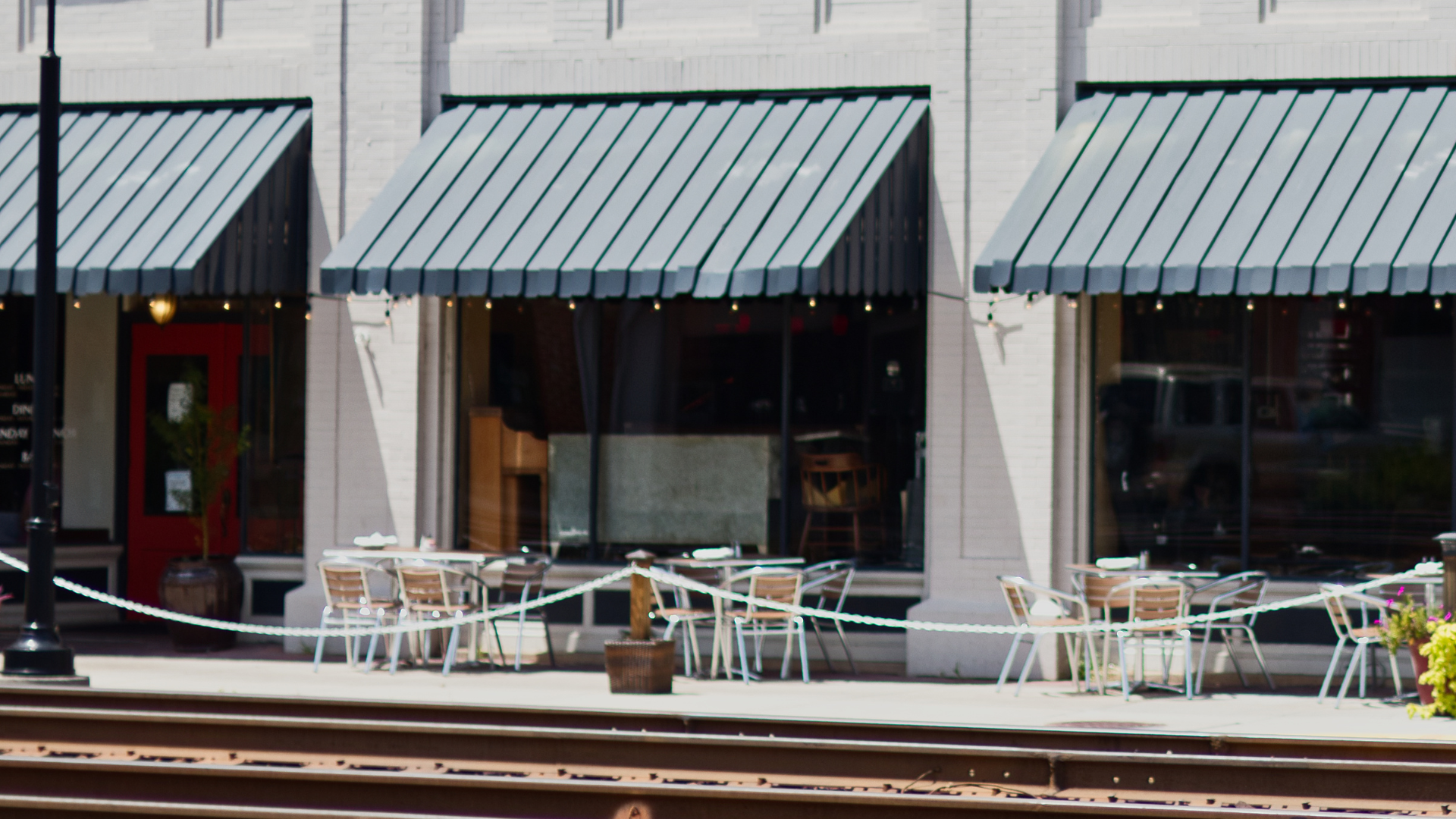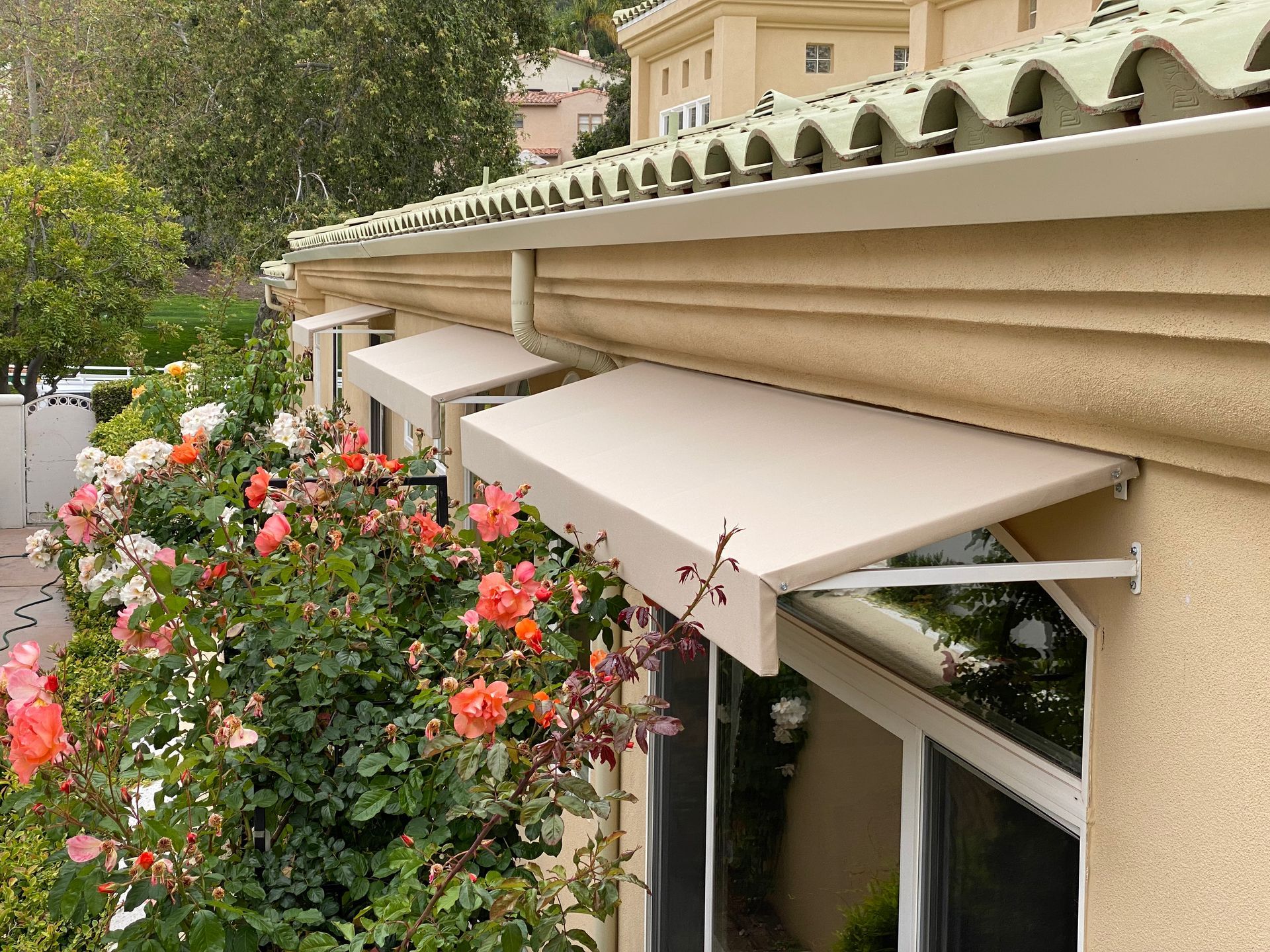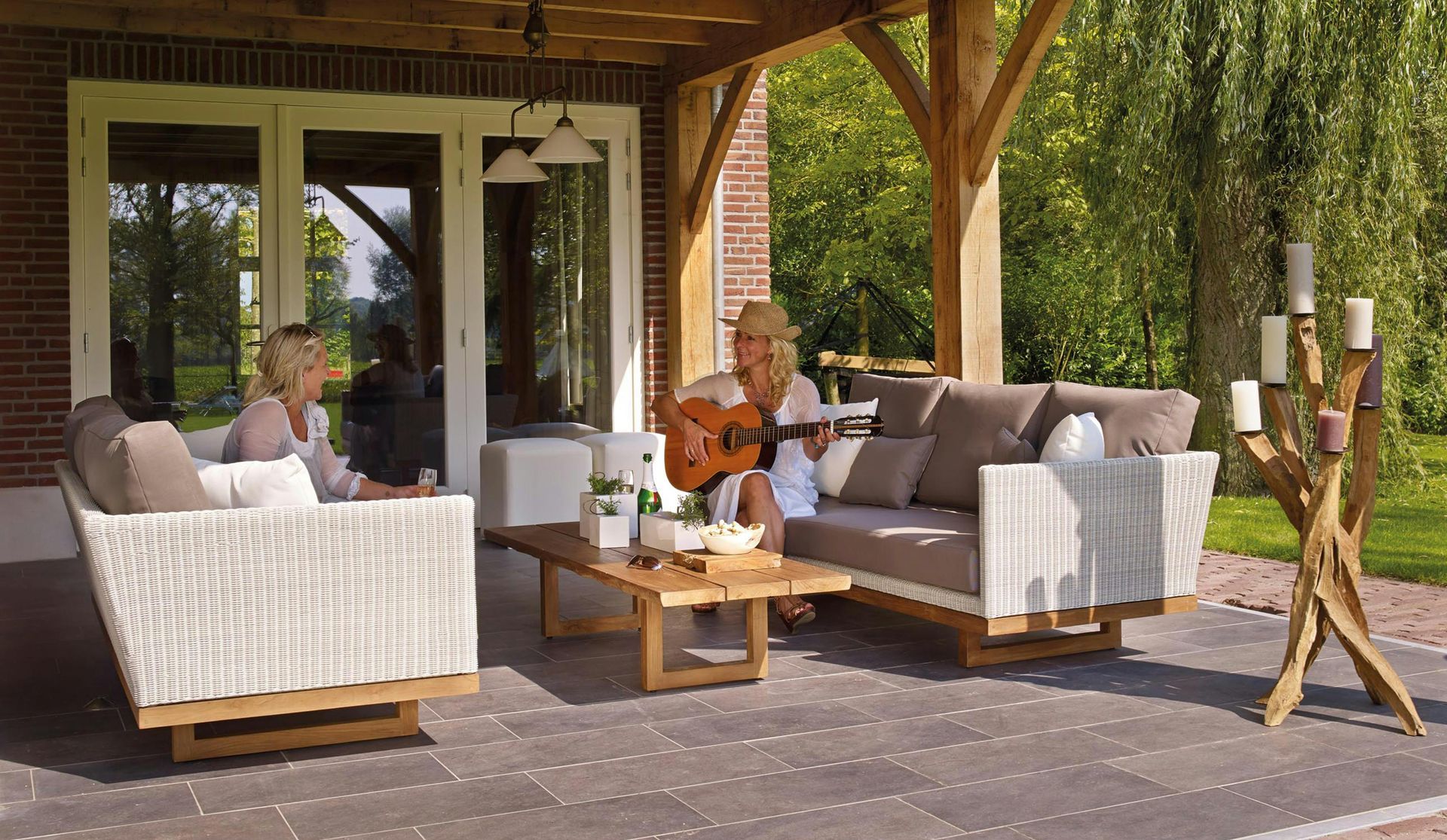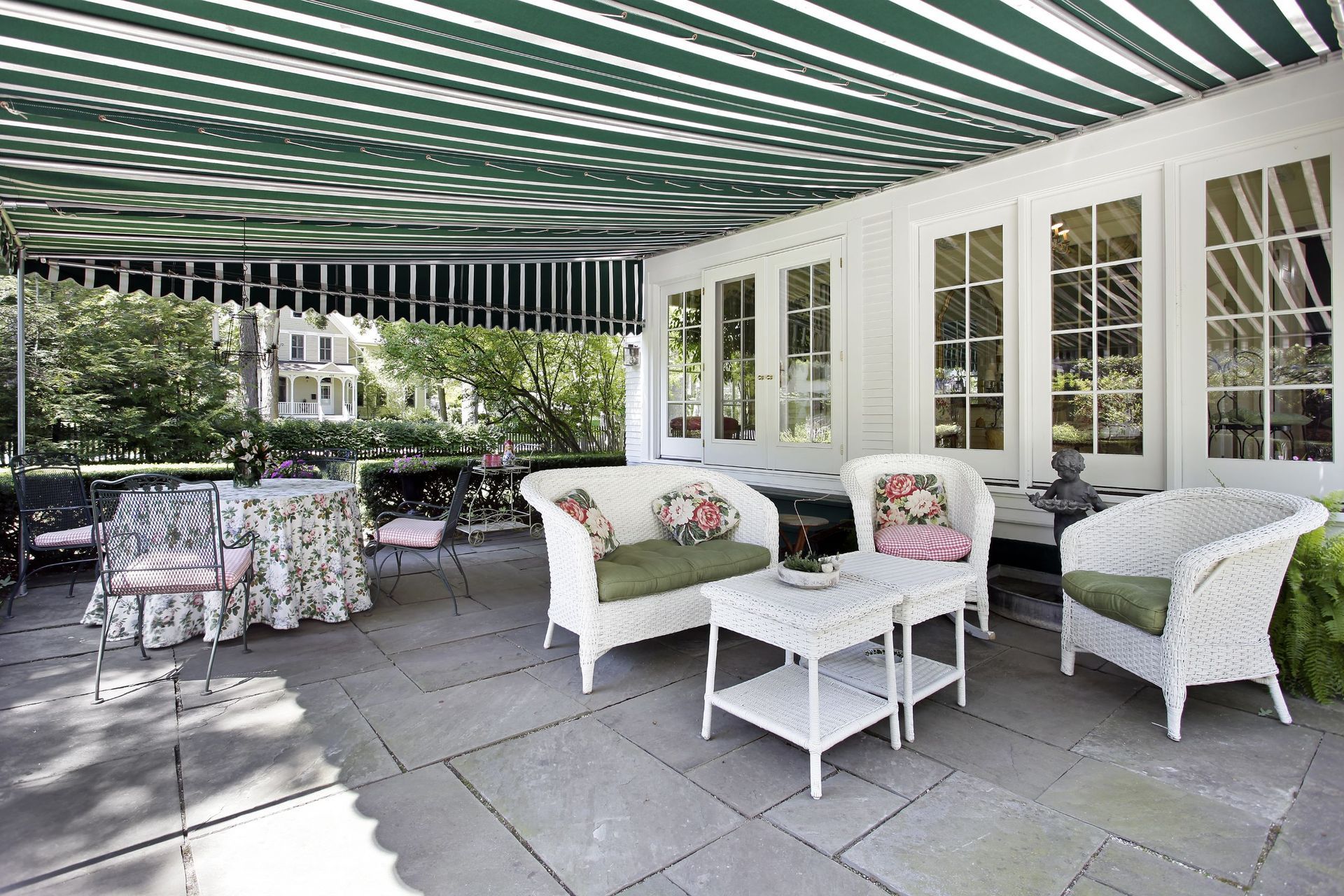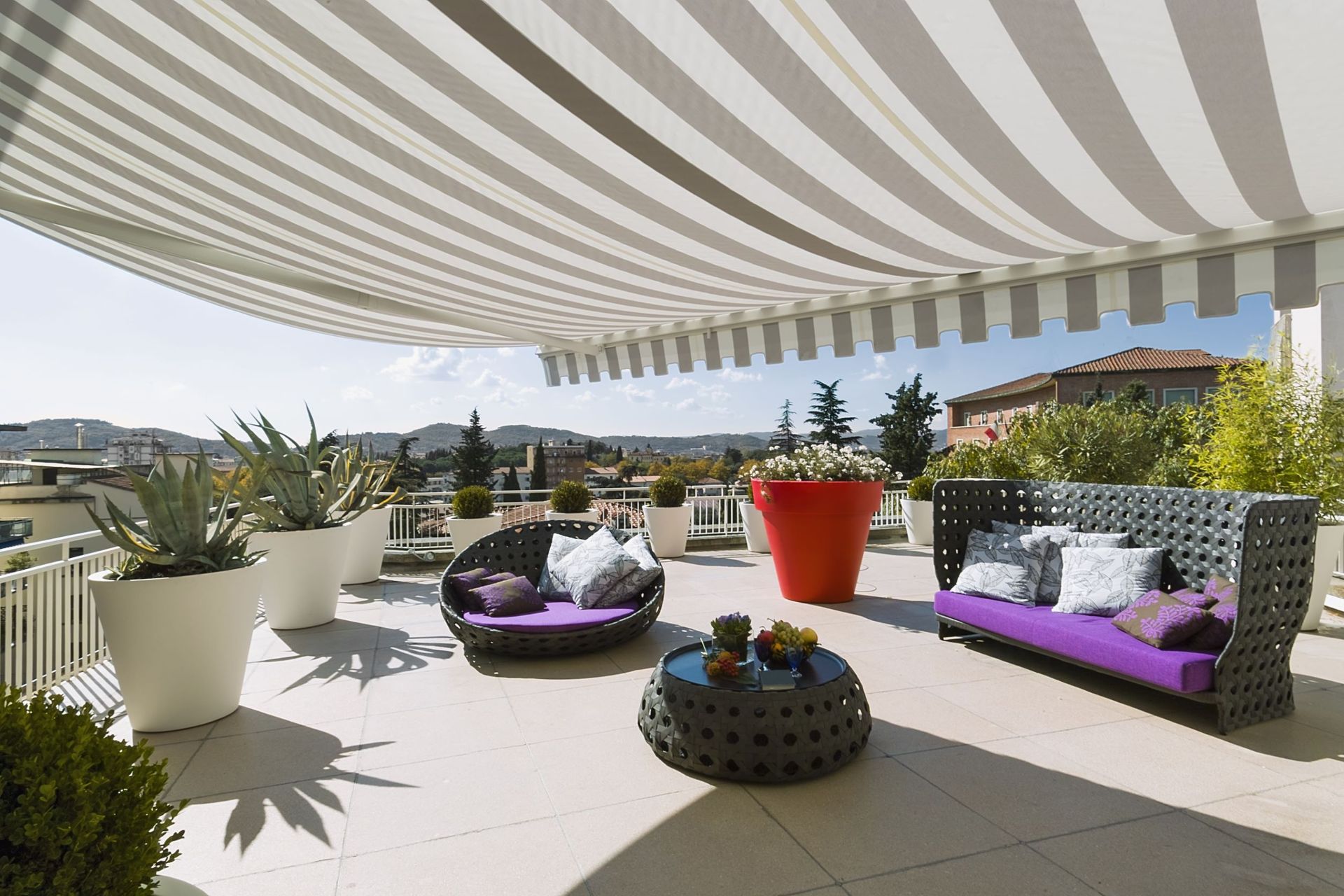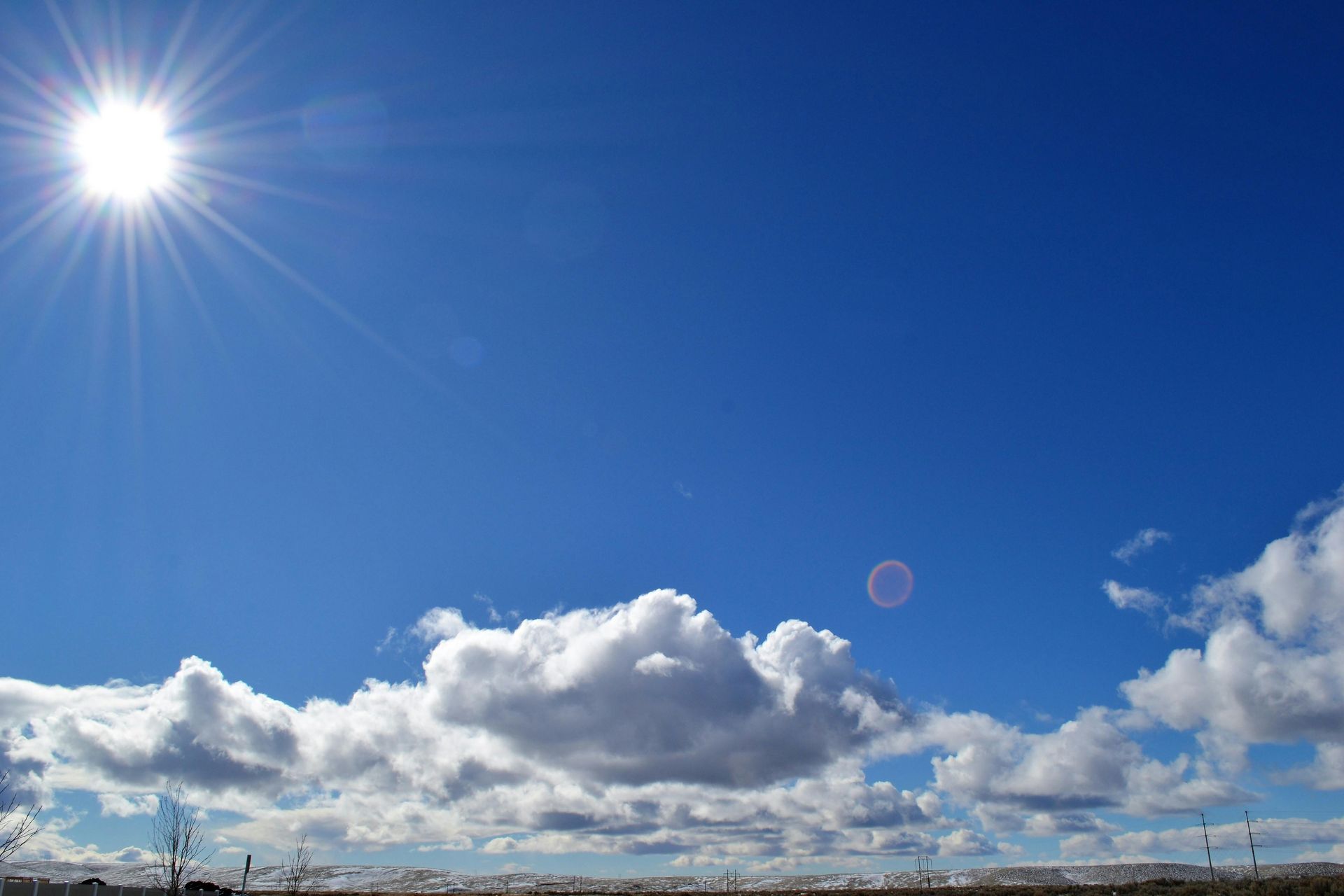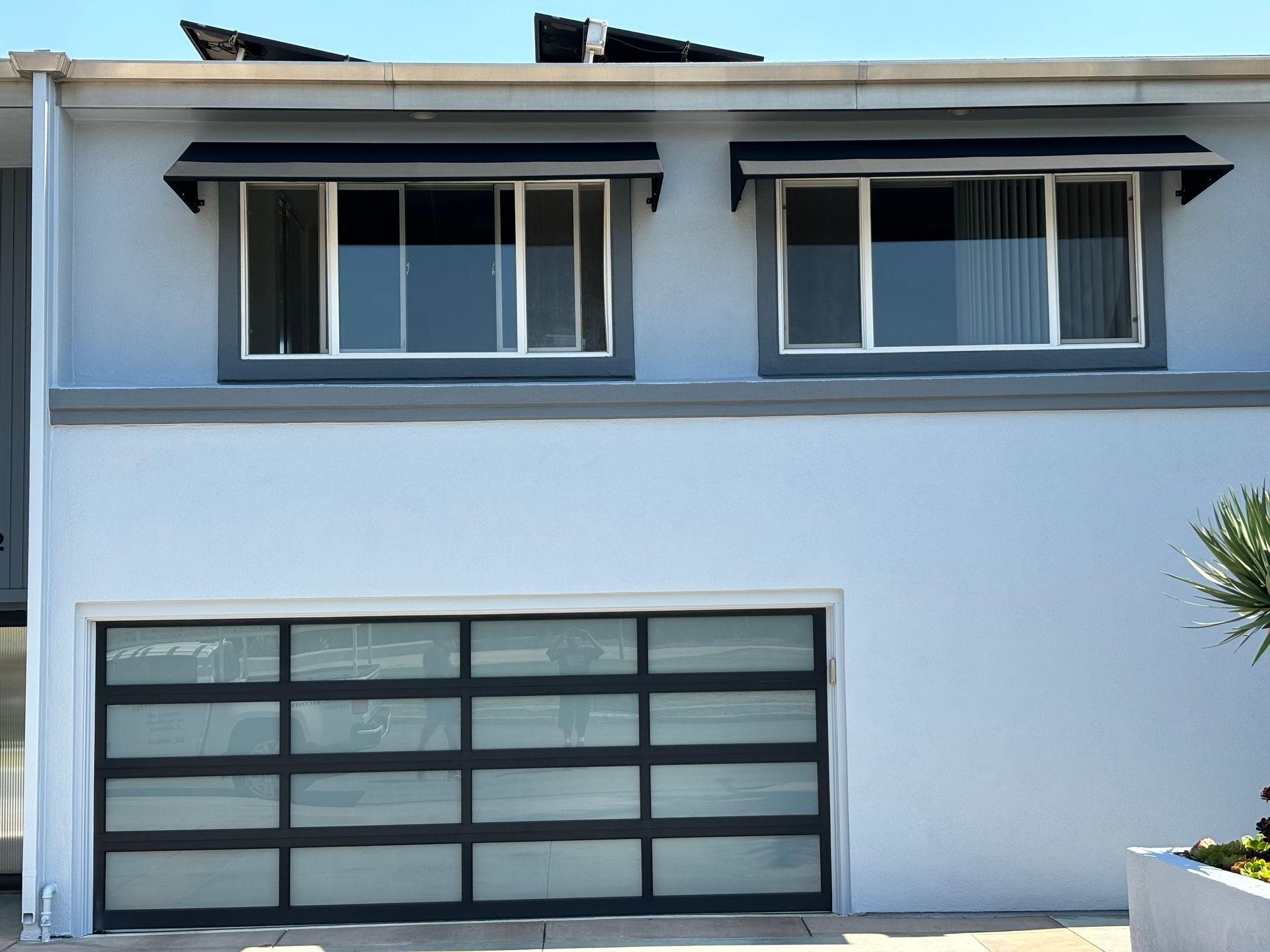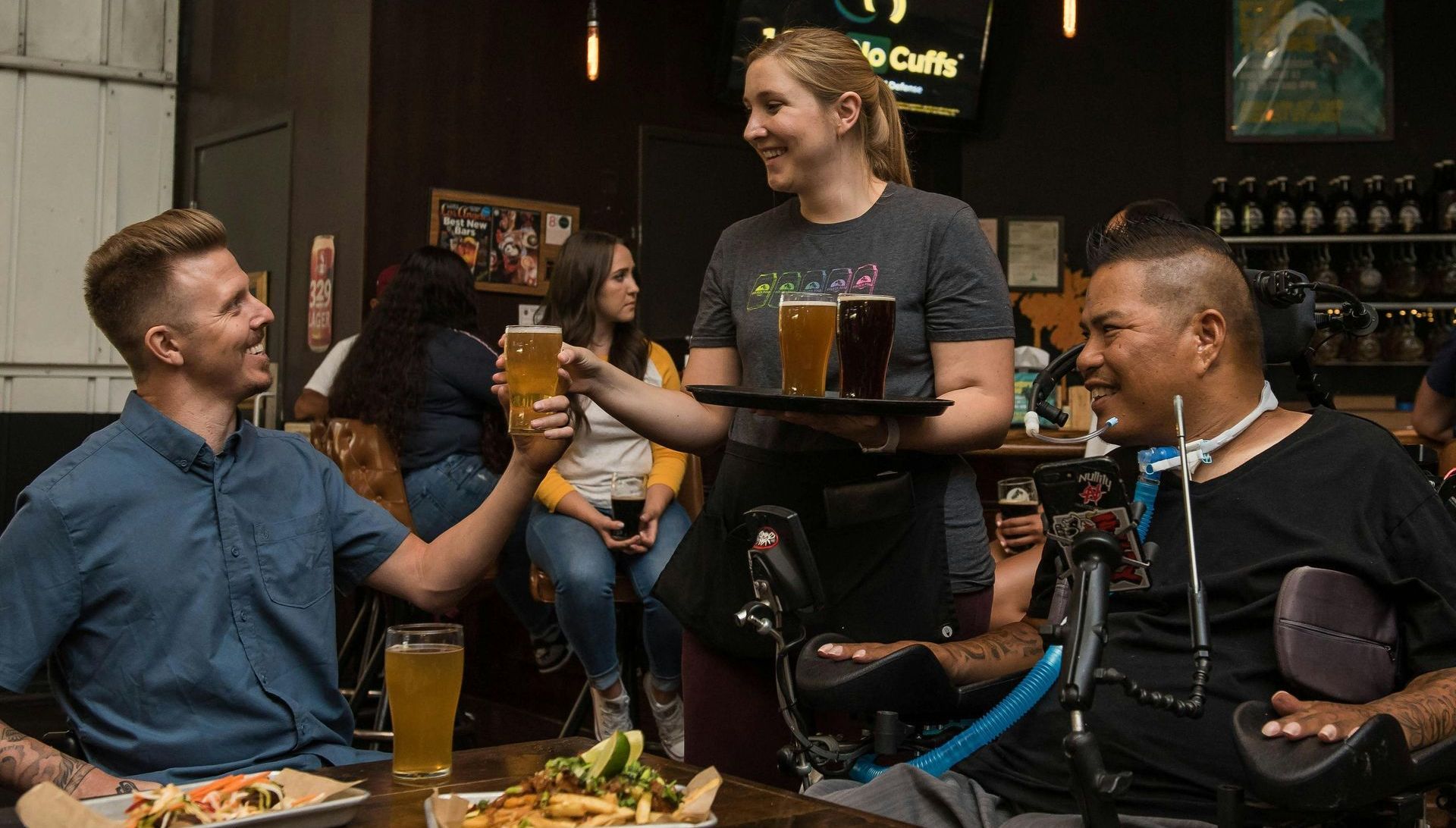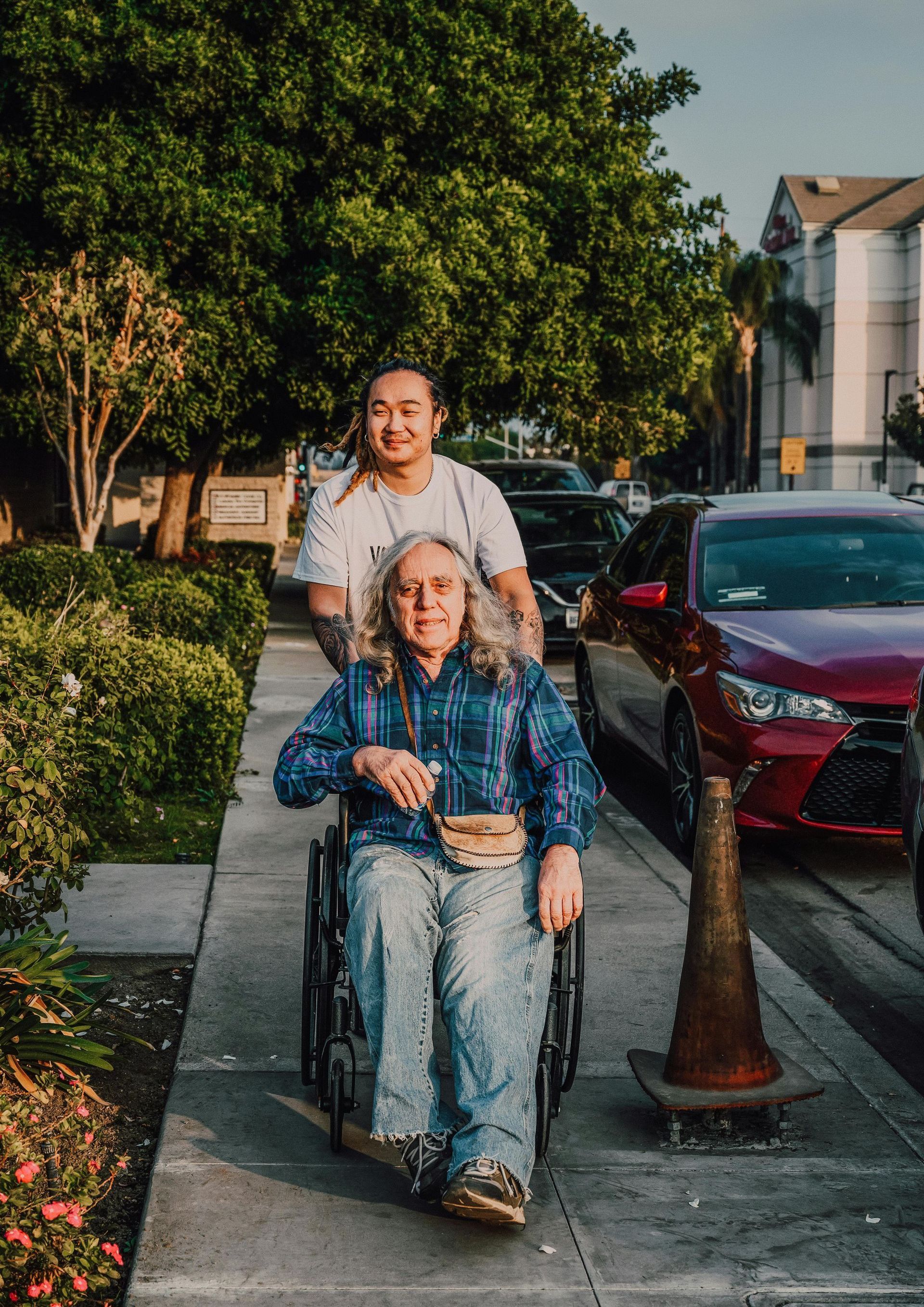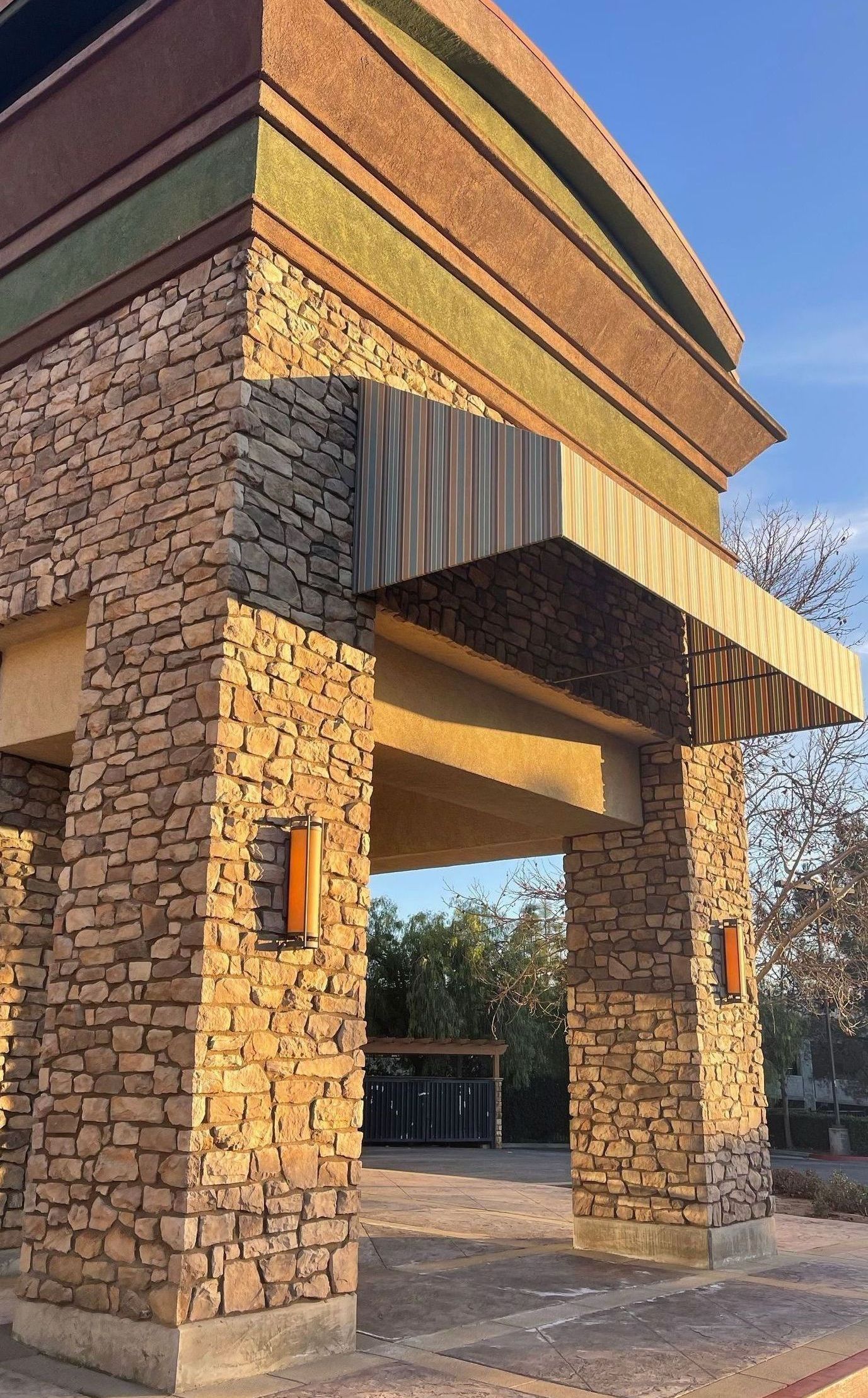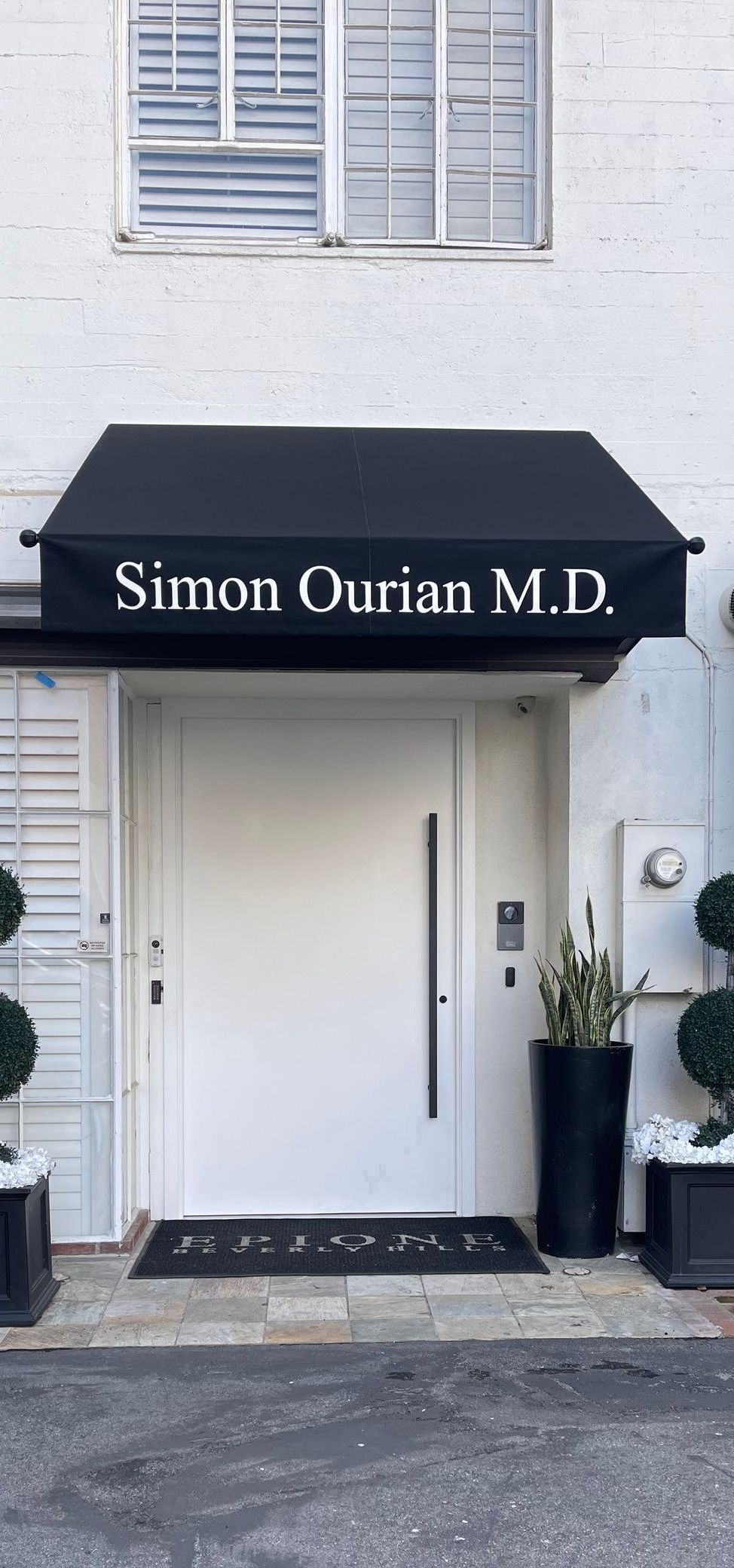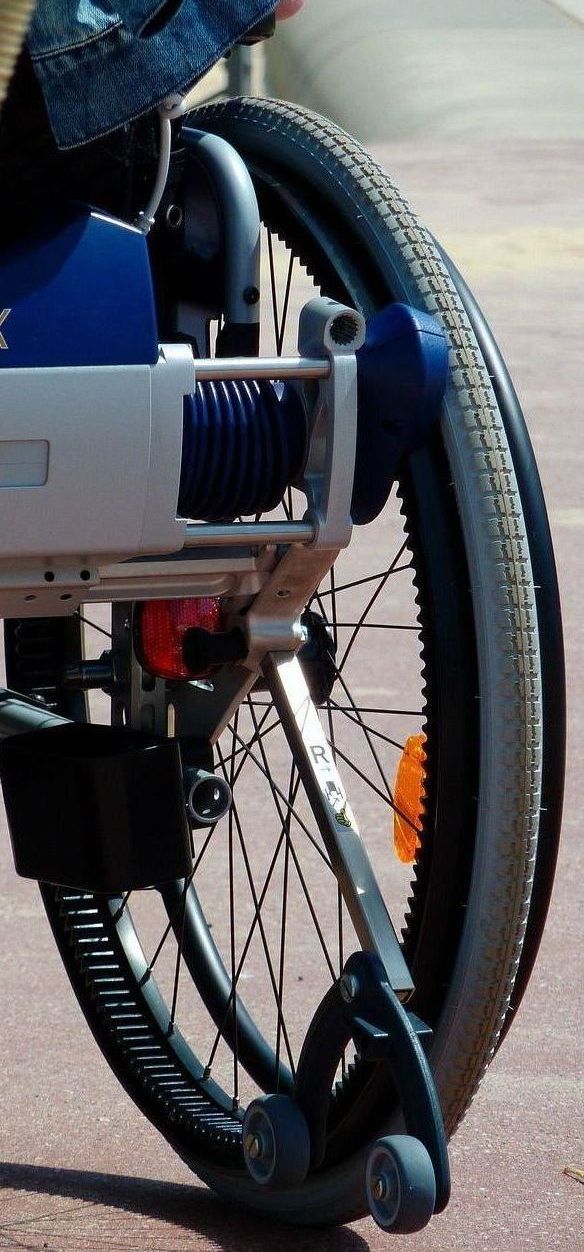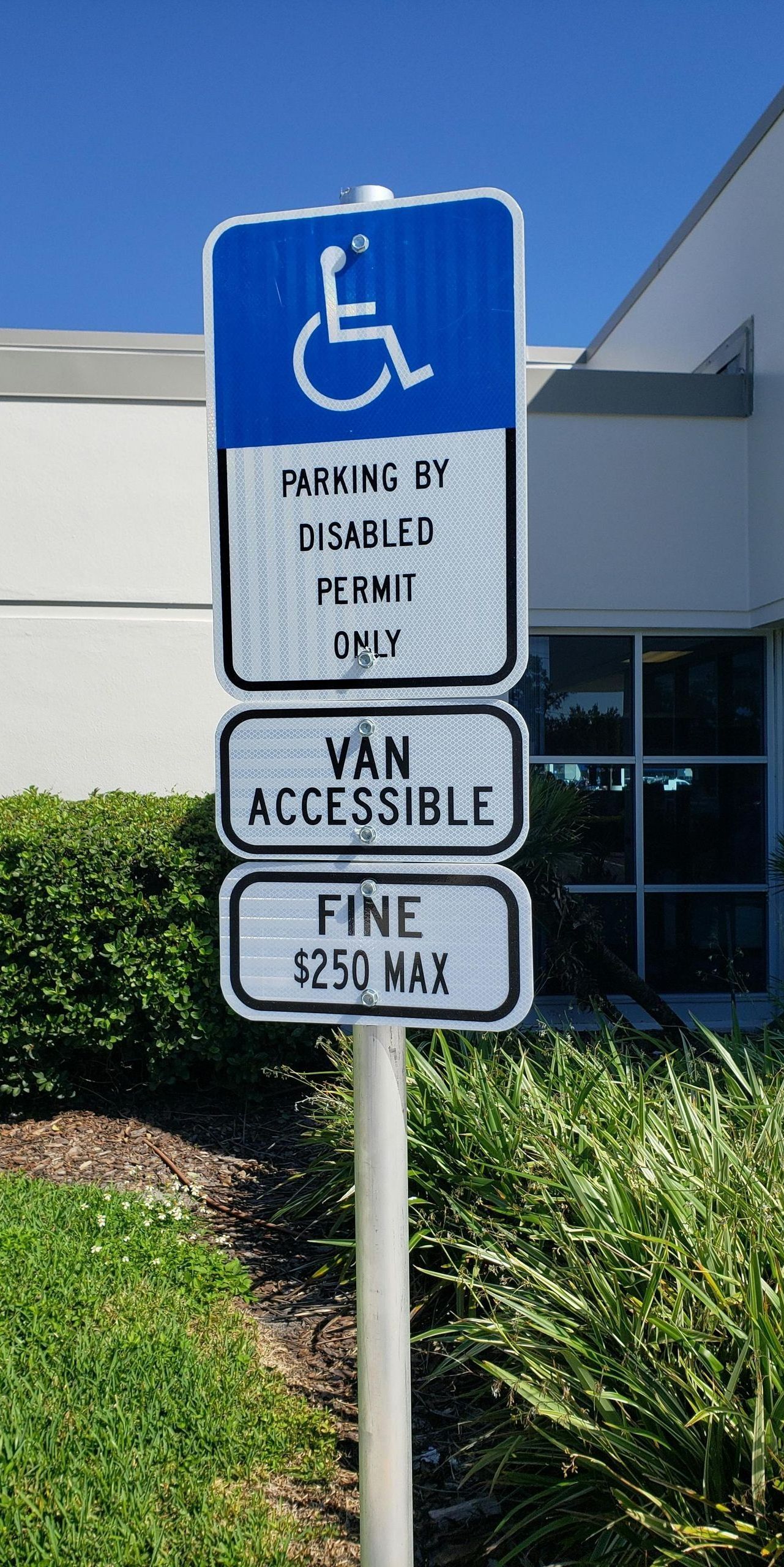The Role of Awnings in ADA Compliance and Accessible Design
Functional and Inclusive
Designing an accessible building is about more than just meeting code requirements — it’s about creating safe, welcoming, and inclusive environments for everyone. For commercial properties, one of the most overlooked but valuable elements in accessible design is the awning.
At MQ Awnings, we specialize in crafting custom awning solutions that do more than provide shade — they enhance functionality, safety, and accessibility. In this article, we’ll explore how properly designed and installed awnings can support ADA compliance and why they matter in inclusive architectural planning.

ADA Compliance: A Brief Overview
The Americans with Disabilities Act (ADA) requires that commercial properties be accessible to individuals with disabilities. This includes mandates for:
- Wheelchair access via ramps or lifts
- Proper signage and visual indicators
- Clear paths of travel
- Protection from environmental barriers such as weather, glare, or uneven ground
While awnings are not explicitly required under the ADA, they can play a critical supporting role in helping businesses and public facilities meet these requirements.
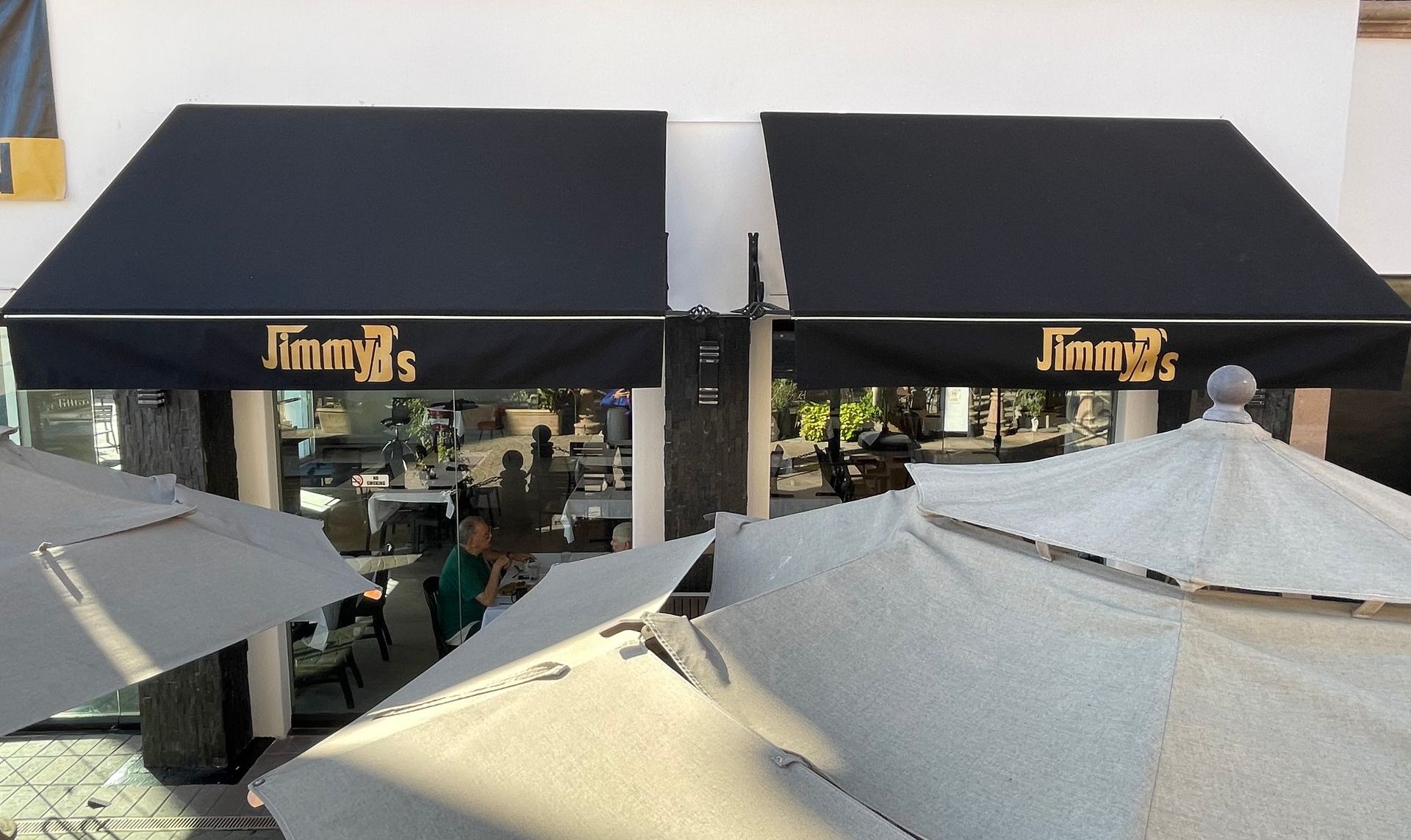
Providing Shelter at Key Entry Points
One of the primary functions of an awning in accessible design is to provide shelter. Covered entrances are essential for individuals using mobility aids such as wheelchairs, walkers, or canes. Exposure to sun or rain while waiting for a door to open can be both inconvenient and dangerous, especially on slippery or overheated surfaces.
Installing awnings over:
- Main entrances
- Ramps and lift areas
- Accessible parking spaces
- Passenger loading zones
…creates a safer, more user-friendly experience. A well-positioned awning reduces glare, provides cooling shade, and protects users from rain or strong winds while they enter or exit the building.
Enhancing Visibility and Wayfinding
Many individuals with visual impairments rely on contrast and clear visual cues to navigate. Awnings can be designed with high-contrast materials that make entrances easier to identify, especially in buildings with minimal signage or modern, minimalist facades.
This is especially helpful in commercial settings such as:
- Medical clinics
- Retail centers
- Restaurants
- Government buildings
- Transportation hubs
By helping mark entry points clearly and consistently, awnings support better wayfinding and reduce confusion for all visitors — especially those with sensory or mobility challenges.
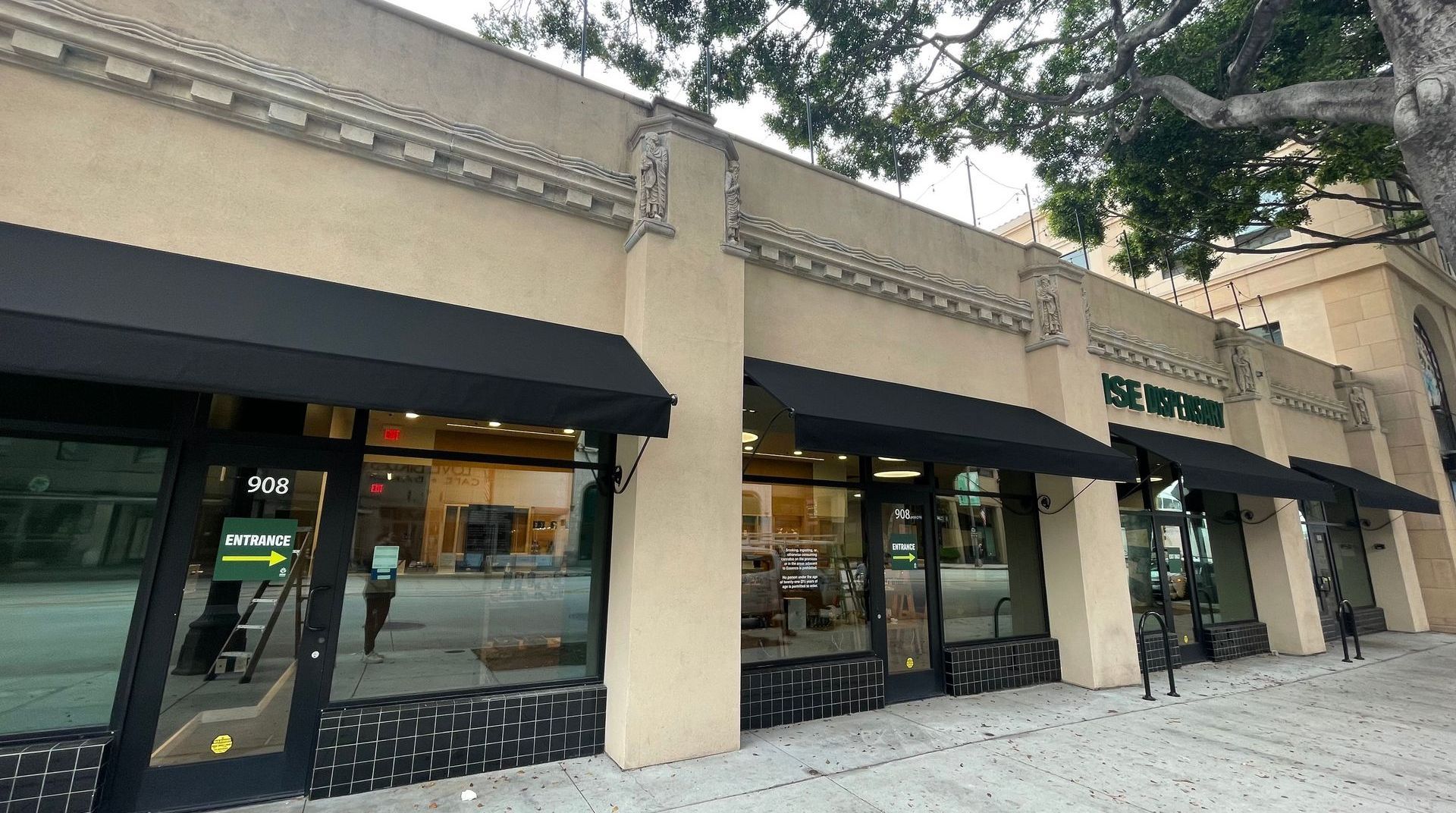
Reducing Hazards in High-Use Areas
Slip-and-fall incidents are a concern for any property owner, but they pose particular risk in areas where ADA compliance is required. Rainwater accumulation, sun exposure that warps or cracks concrete, and uneven ground caused by weather damage are all potential hazards near entrances or along accessible paths.
By installing awnings over walkways and thresholds, businesses can:
- Reduce moisture buildup
- Prevent sun damage to materials
- Increase traction and visibility
- Extend the life of concrete ramps and handrails
In short, awnings are a preventive measure that support both ADA objectives and long-term maintenance goals.

Awnings and Code Considerations
While the ADA is a federal law, building codes vary at the state and local levels. In California, for example, Title 24 of the California Building Standards Code reinforces many of the same principles as the ADA but adds more detailed requirements around accessibility. Building inspectors often look for features that minimize environmental barriers — and well-designed awnings can help fulfill those expectations.
At MQ Awnings, we’re experienced in working with contractors, property managers, and designers to create custom awning solutions that not only meet your aesthetic and branding goals but also align with regulatory standards.
Build for Everyone
Accessibility is not just a legal requirement — it’s a statement of values. A thoughtfully designed space signals that everyone is welcome, regardless of ability. Awnings may not be the centerpiece of your design plan, but they’re a powerful tool for improving comfort, safety, and access.
Whether you’re planning a new construction project or retrofitting an existing property, MQ Awnings can help you design solutions that protect and serve every visitor.
Contact us today to learn more about our custom commercial awnings and how they can support your accessibility goals.
